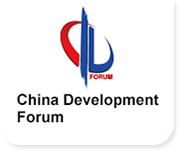Back to Background Reports List>
Improving access to treatment is the key to promoting high-quality development of the cell and gene therapy (CGT) industry
Takeda
Executive Summary
1. Establish a multi-layered payment system for CGTs
Download attachments:

